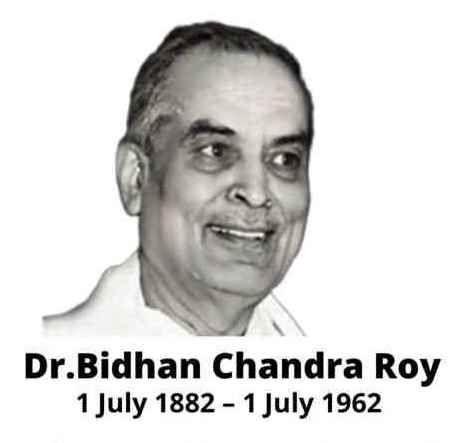History
About Durgapur


History ~
The common mythology is that Durgacharan Chattopadhyay was the inspiration behind the name Durgapur. He was descended from Gopinath Chattopadhyay, who in 1765 had won the maharaja of Burdwan’s land grant for Durgapur. The area was formerly known as Gopinathpur Mouza, but the residents eventually renamed it Durgapur in honor of Durgacharan Chattopadhyay, who made a significant contribution to the area. It is thought that he built a Shiva temple in 1803 and a Kali temple in 1973, respectively. You may still view them and the Zamindar’s mansion, which proudly stands in Sagarbhanga as evidence of all the wonderful work Durgacharan has done for the area.
Ancient Durgapur History ~
But Durgapur’s history predates even these zamindars and continues considerably beyond. Stone hunting tools from prehistoric times have been discovered during excavations in Durgapur, indicating that the area has been inhabited since around 5000 BC. Until fairly recently, Durgapur was mostly covered in dense forest and home to dacoits such as the fabled Bhabani Pathak. Development eventually got underway and persisted until the region was traversed by railroads, which permanently elevated it to a significant location on the Indian map.
Contemporary Durgapur History ~
A suggestion made by West Bengal’s then-chief minister, Dr. Bidhan Chandra Roy (M.D.), permanently altered Durgapur’s future. He had seen the potential this city possessed and had recommended to T.K. Krishnamachari, the Union Minister of Industry, that an iron and steel factory be constructed here.
From that point on, there was no turning back, and Durgapur grew rapidly to become the well-known industrial town it is today.